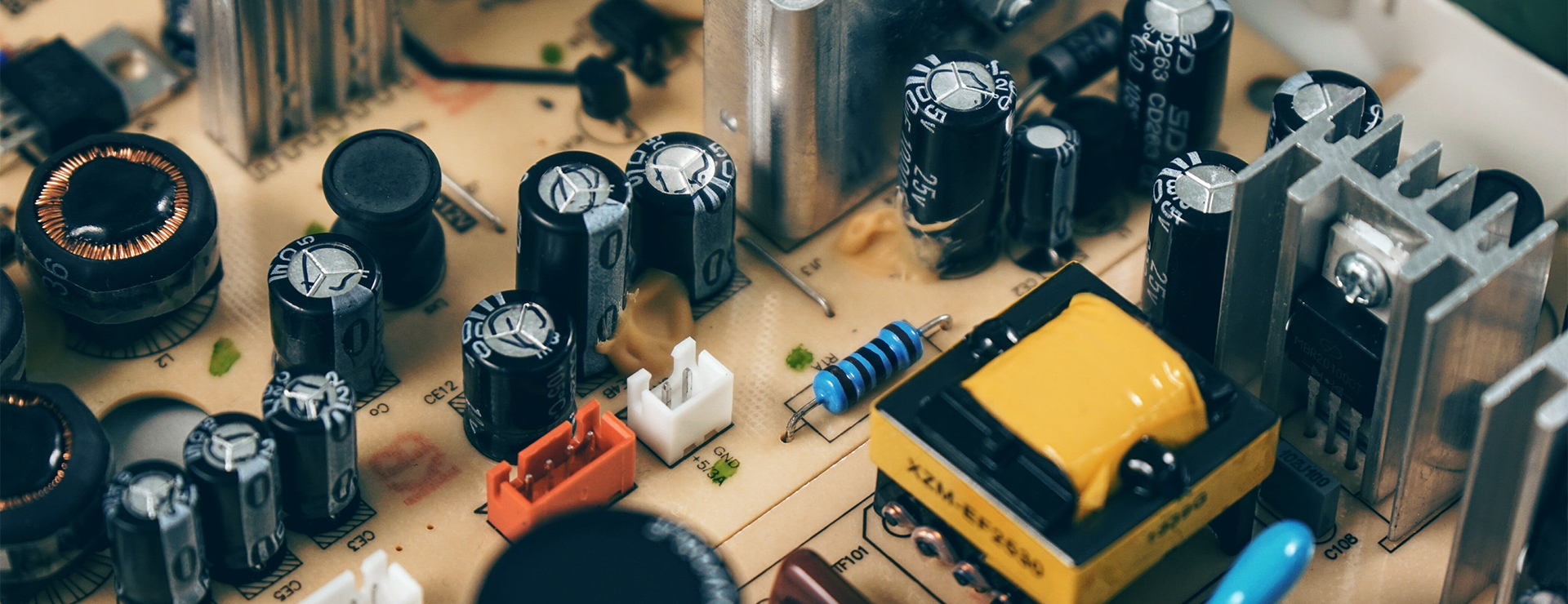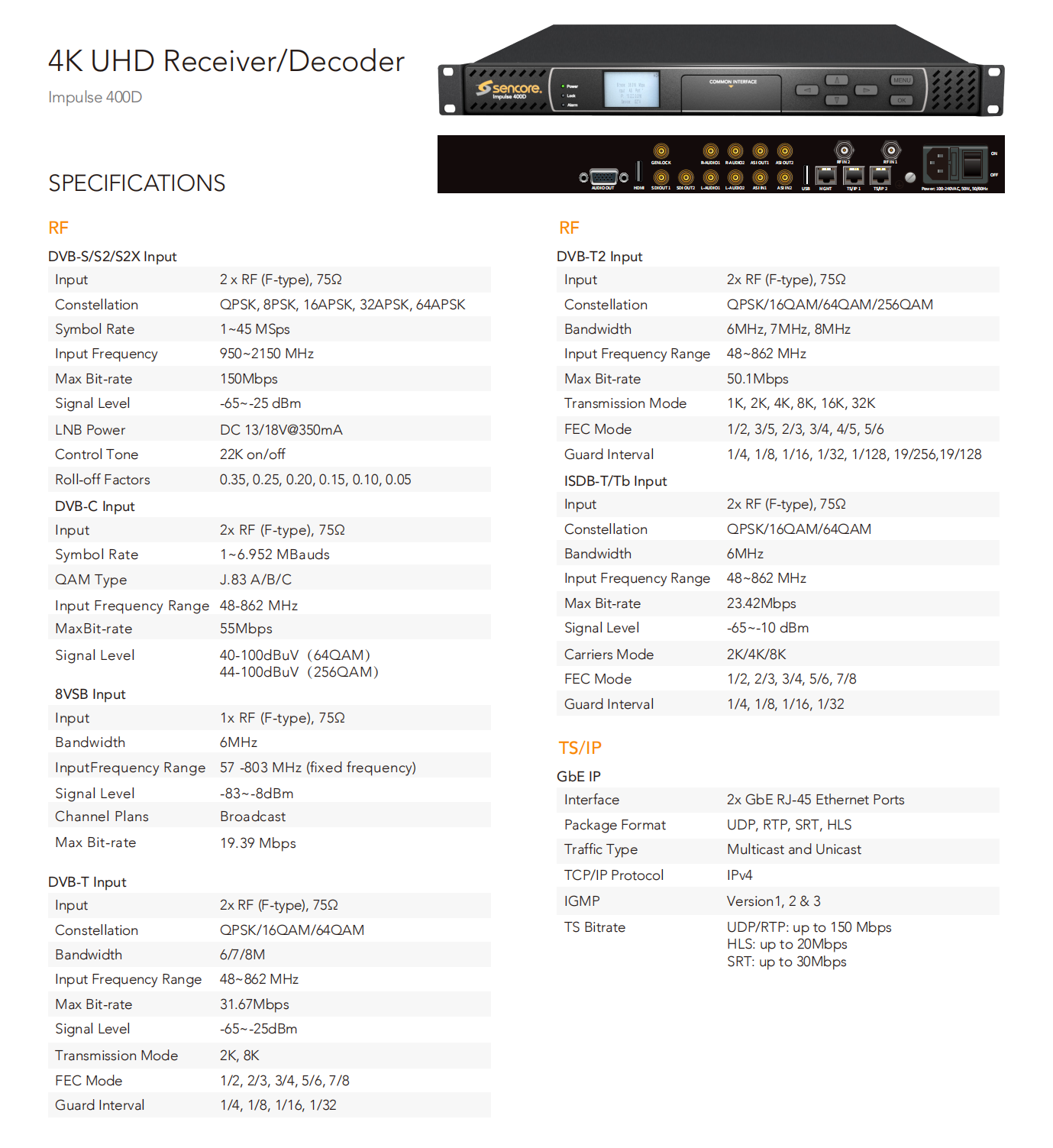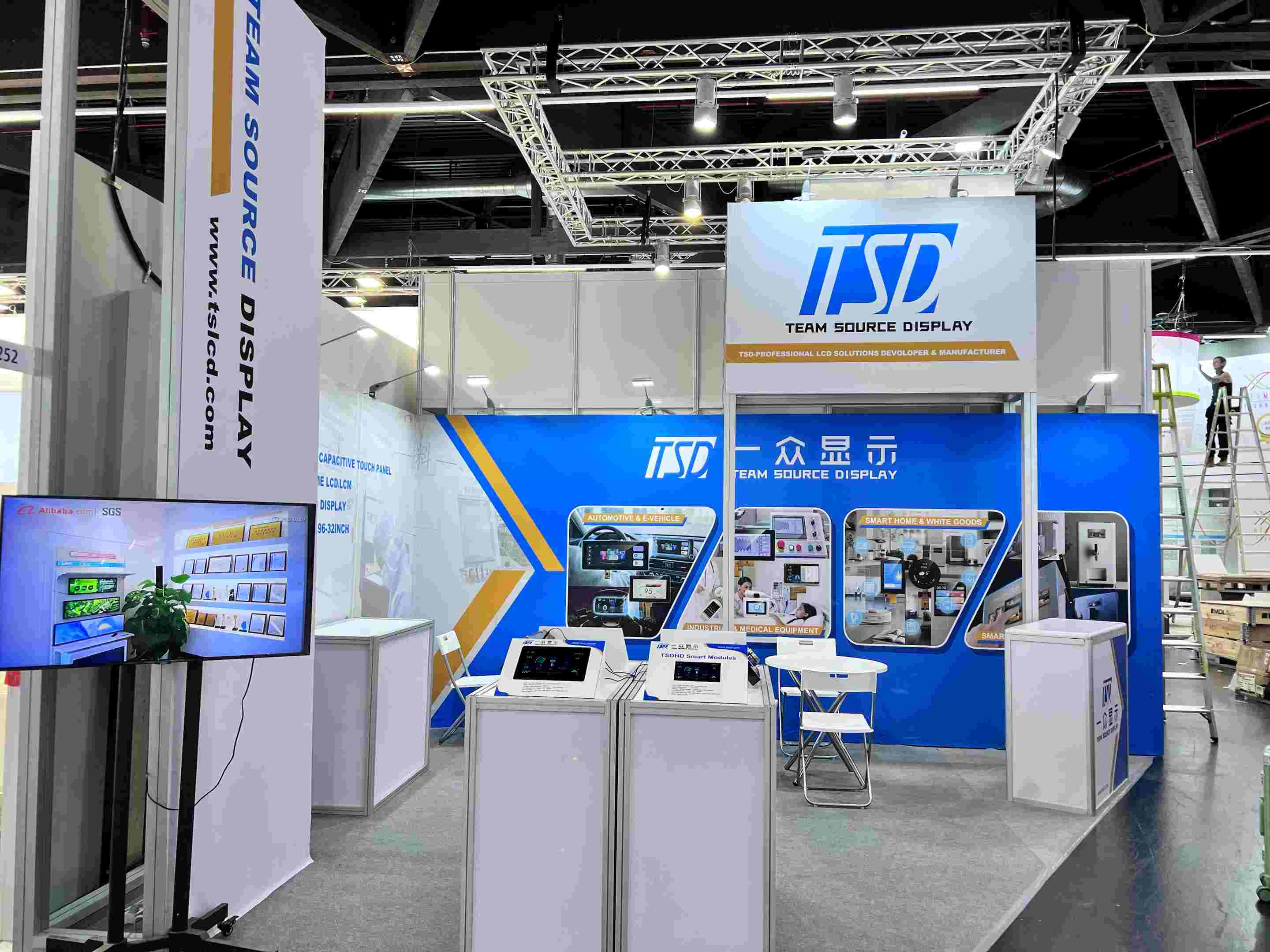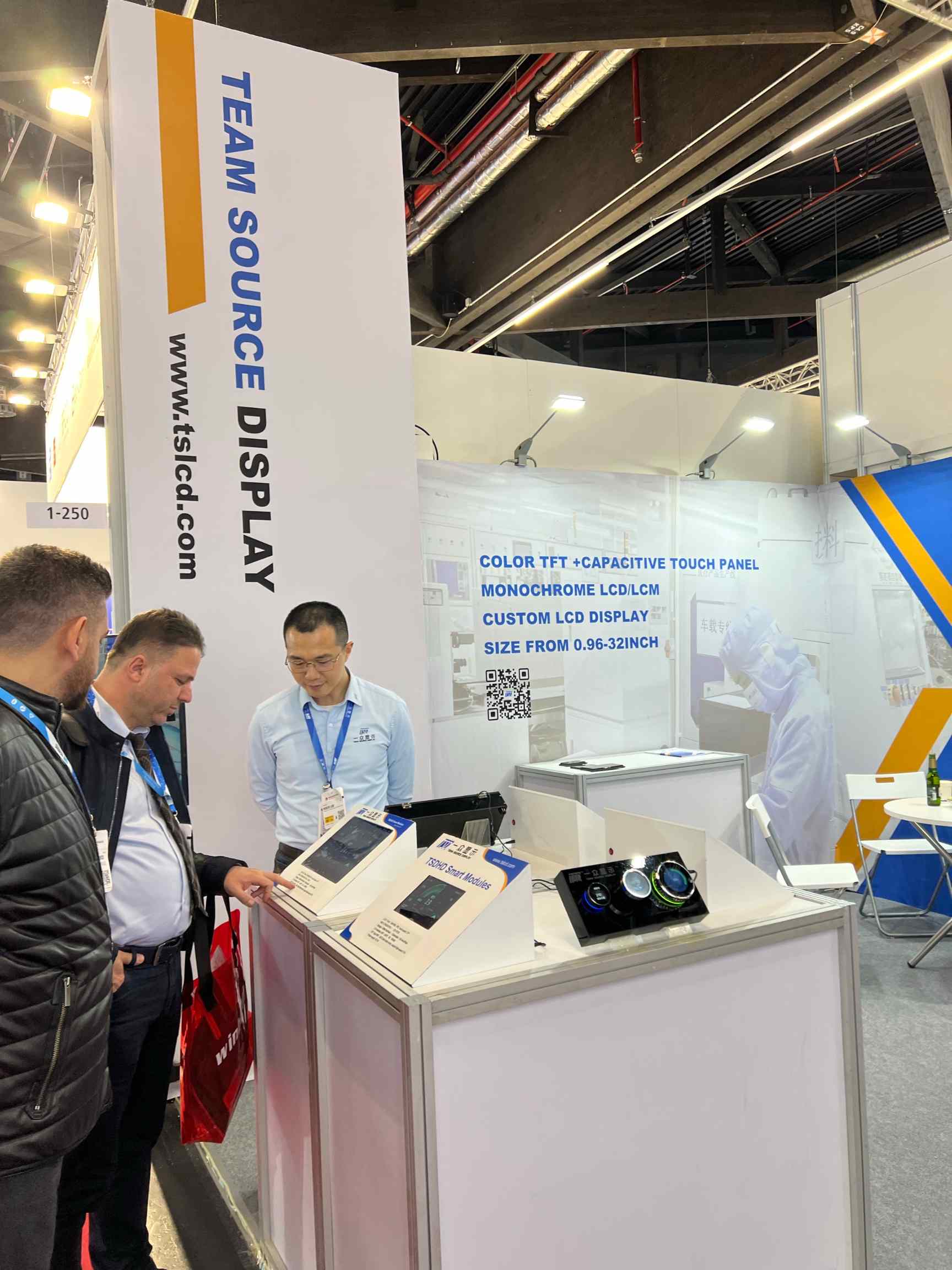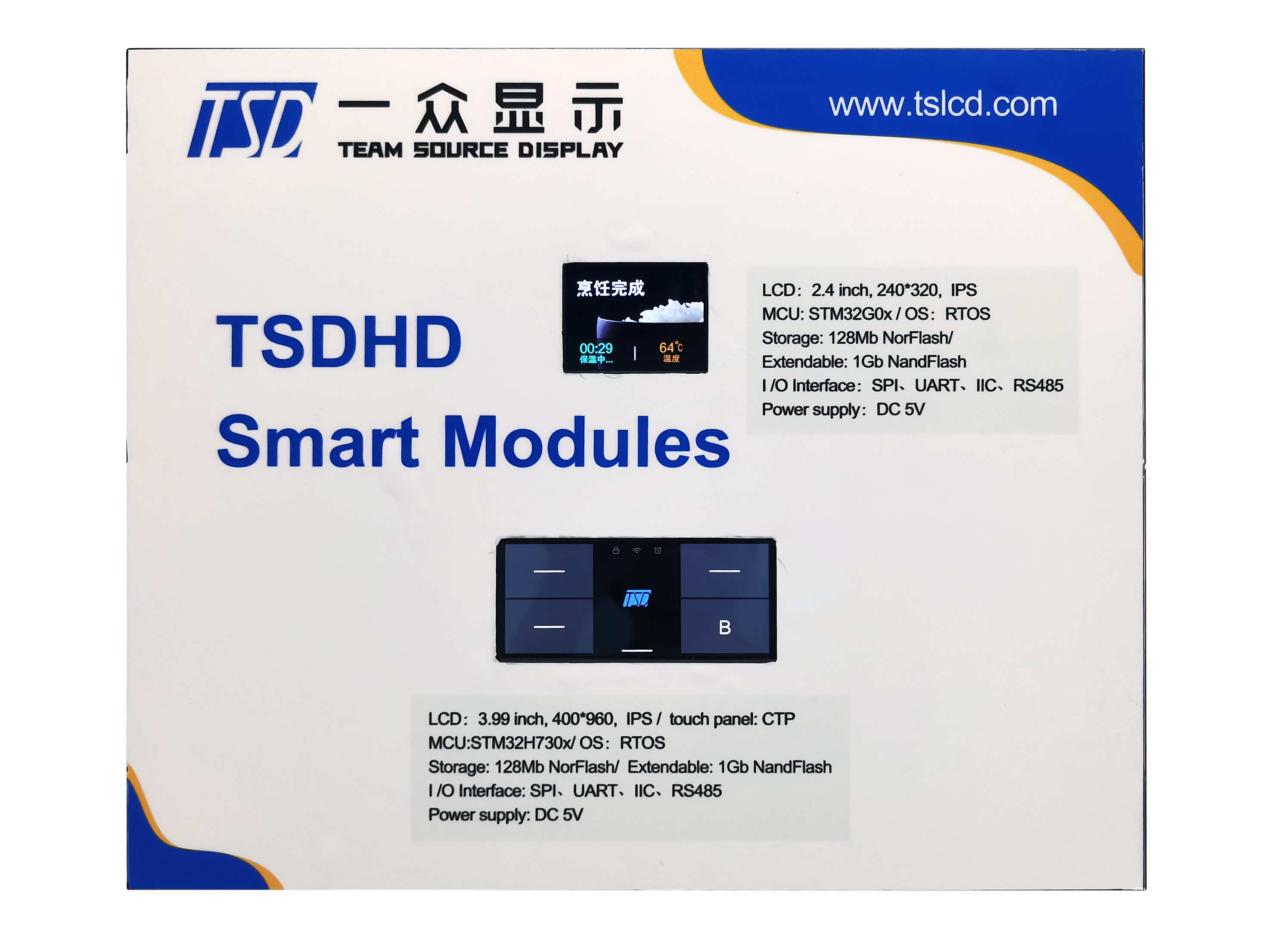Advantages of using 2.4G Directional Reader for inventory management
We place 2.4G Directional Reader tags or chips on individual items or entire pallets before the goods are put into storage. The 2.4G Directional Reader tag stores important information about the item and helps us quickly count inventory and update location information.
Improve visibility and scan faster. Wireless 2.4Ghz Active RFID Long Distance Reader do not require line of sight to be scanned, so they can be read from a distance, allowing for quick inventory processing. They can also scan in any direction and will update and scan locations more frequently, helping us better understand our inventory.
Reduce labor costs. With labor costs accounting for nearly half of total costs, 2.4G Directional Reader offers huge advantages in this area. Inventory counting is completed quickly with just a few scans, eliminating the need for manual processing. These financial savings create greater profit margins for the company. Track recyclable assets.
For some companies that need to use containers for daily operations, tracking these containers usually requires a lot of manpower and material resources. With 2.4G RFID Directional Integrated Reader, we can track these assets throughout the cycle. This reduces the risk of these circulating capital being stolen and also makes it easier for us to track their location information at any time.
For more than ten years, our company has been focusing on the research, innovation and application of IoT smart device technology. Our R&D team has rich industry experience and independent core technology, and has obtained more than 110 national invention patents and intellectual property rights. Our company has been at the forefront of the market for IoT technology R&D and application integration. And our IoT products and related technologies are serving Huawei, ZTE, SAIC, China Mobile, China Unicom, China Telecom, the United States Flextronics and other domestic and foreign world top 500 customers.
